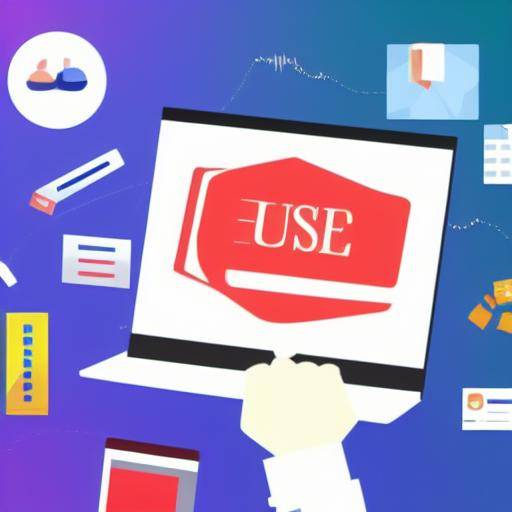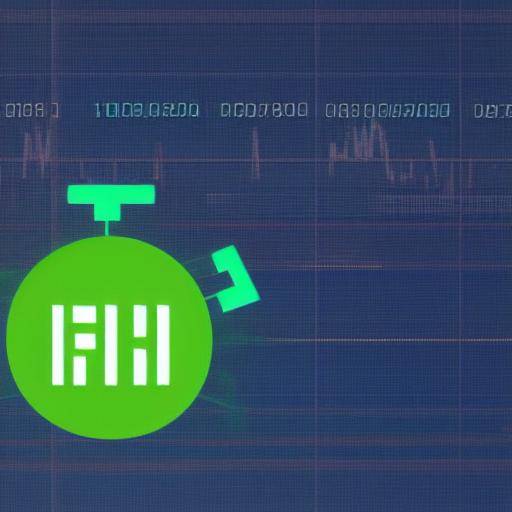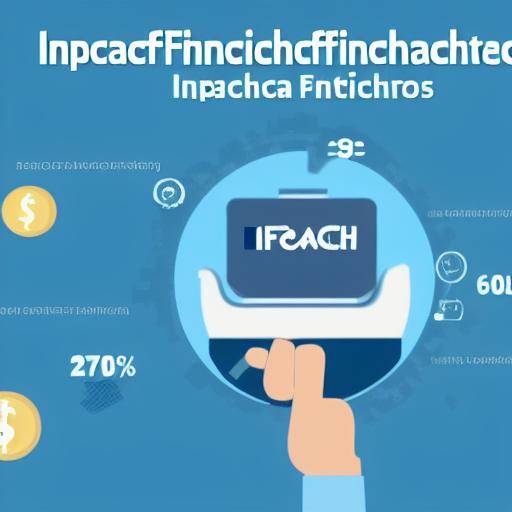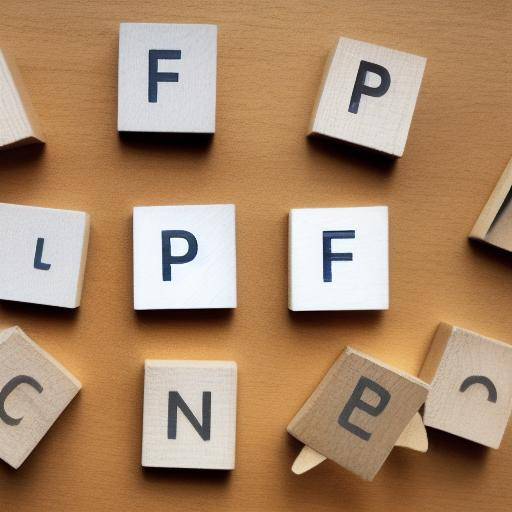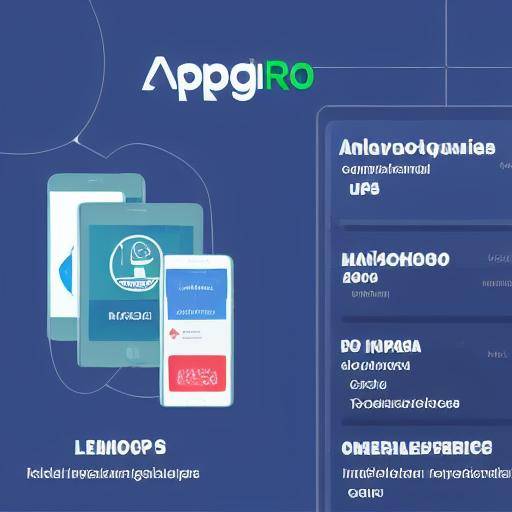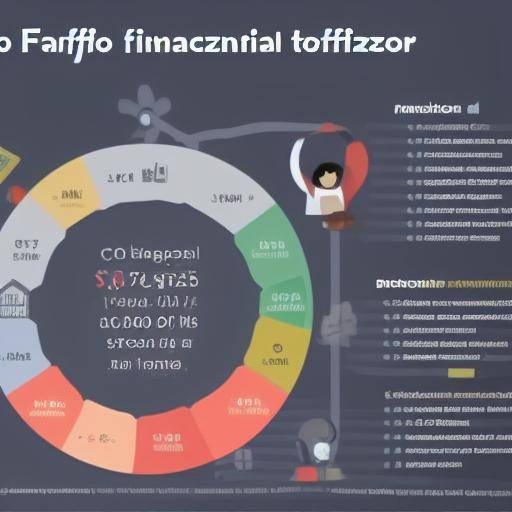
The management of family finance can be overwhelming, but thanks to technology, there are now digital tools that facilitate the creation and monitoring of family budgets. In this article, we will explore in detail how these tools can help you effectively manage your family finances, optimize your expenses and achieve your financial goals.
Introduction
In today's digital era, technology has become an indispensable ally for families seeking to efficiently manage their finances. The digital tools offer a wide range of functions that allow us to optimize the planning and monitoring of family budgets, providing greater control, organization and transparency in the management of economic resources. This article aims to provide an overview of the digital tools available for the management of the family budget, including its evolution, benefits, challenges and future prospects, as well as practical advice, case studies, expert opinions and predictions on upcoming trends.
History and background
The evolution of digital tools to manage family budgets dates back to the advent of information technology and the digitization of financial processes. From the introduction of the first software applications and programs designed for cost control and income tracking in the family environment to the development of cloud platforms and mobile applications, the history of these tools reflects a steady progression in the search for increasingly efficient and accessible solutions for families.
The emergence of innovative companies specializing in the creation of digital tools aimed at managing family budgets has marked a turning point in the way families approach their finances. Access to these tools has been democratized, which were previously limited to finance or business experts, giving families the opportunity to take control of their finances more autonomously.
In this sense, the evolution of digital tools has been driven by the growing demand for customized solutions that adapt to the specific needs of each family. As a result, the instruments have evolved from simple cost tracking applications to large financial planning suites that address aspects such as savings, investments, debts and long-term financial goals.
In-depth analysis
Digital tools for family budgets offer a variety of benefits, being their accessibility and ease of use a key factor. These tools allow families to set up budgets, track their expenses and income, and clearly and fully visualize the overall state of their finances. They also provide the ability to set financial targets, receive notifications to remind them of payments and generate personalized reports.
Despite the advantages they offer, digital tools also pose challenges, such as the need to maintain the privacy and security of family financial data. Ensuring the confidentiality of confidential information in online environments is a constant concern, and digital tools must meet the highest security standards to ensure the protection of personal and financial information.
As for current trends, digital tools incorporate artificial intelligence and automatic learning to provide predictive and personalized features. These innovations allow families to receive specific recommendations to optimize their budgets, identify spending patterns and anticipate possible deviations in their finances to take preventive action.
Comprehensive review
Digital tools for family budgets are versatile in their applications and benefits. From the perspective of financial planning, these tools provide families with the ability to better visualize and understand their spending habits, which in turn allows them to adjust their financial behaviors to achieve their goals.





